As consumers, design can sometimes seem to be made in a vacuum, born from a spark of ingenuity where there was nothing before. As designers, we understand that all is built on the backs of those that came before. We cannot help but be influenced by what we know, whether we like it or not. A prime example of this type of creation is the Utzon Stool.
The Utzon Stool by Jørn Utzon is proudly presented for the first time by Fritz Hansen in 2024. This marks the start of a renewed relationship between Utzon and Fritz Hansen, which started in the mid 1960s with the Concert Series.
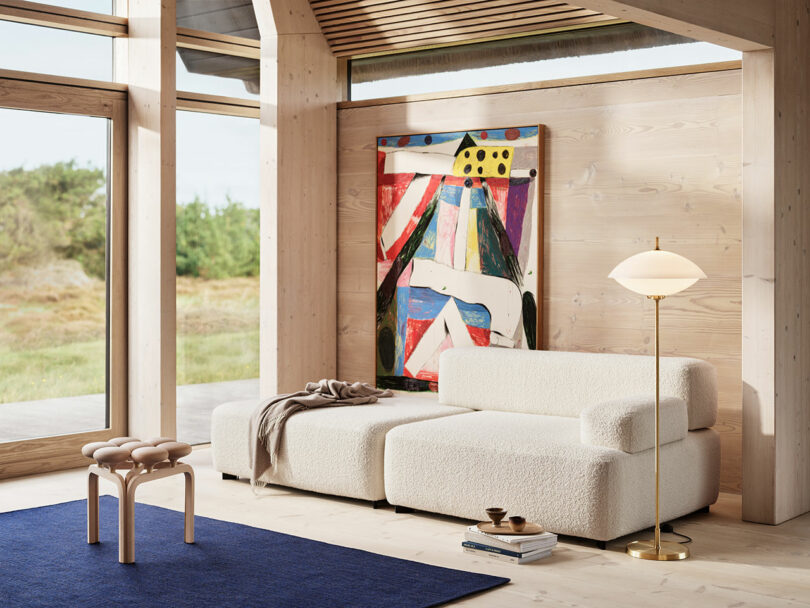
The Utzon Stool is deceptively comfortable, lending the familiarity of oiled beech wood to the bulbous shapes that make up the seat. This stool was designed around the time of the Sydney Opera House, undoubtably Utzon’s most famous work. The modernist and global influences in the designer’s work are undoubtable, choosing pared down and organic forms over the decorative and man-made.
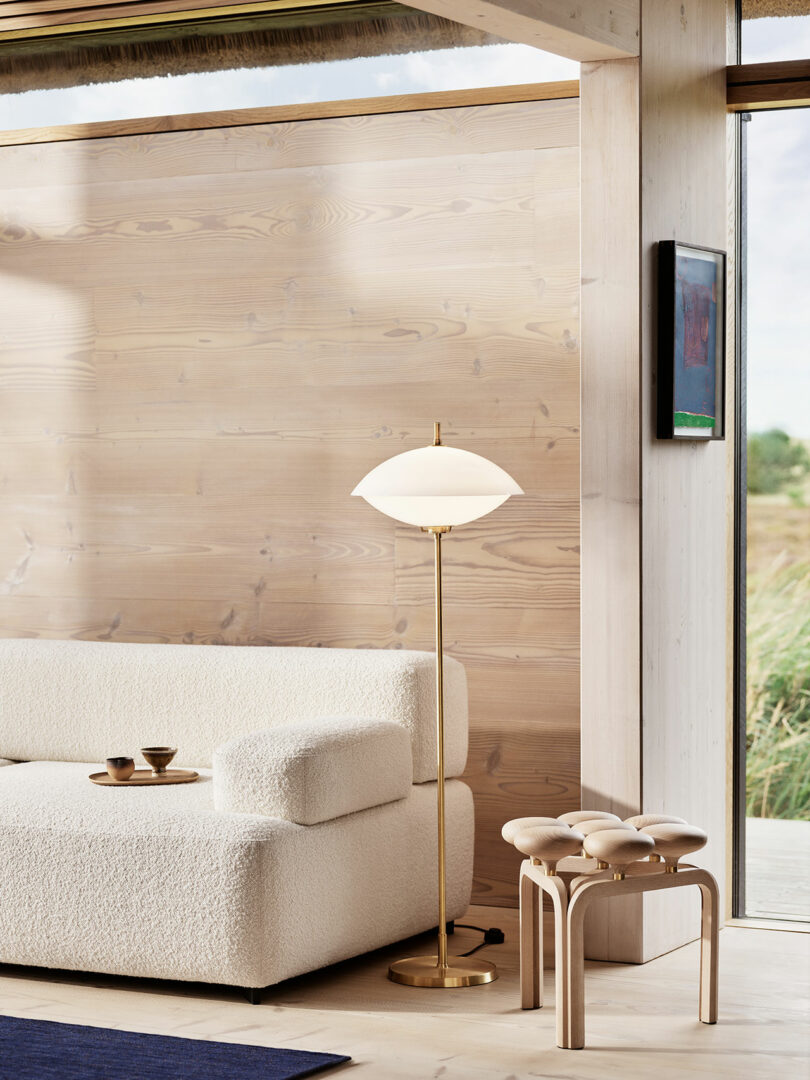
The father of Additive Architecture, Utzon developed his projects under the constraints of the growth patterns of the wilderness. Here, he could utilize the ultimate design – nature – to create accepted structures already proven to work. In this way, he could push the materials to the fullest potential, proof of concept already well underway. The same for the Utzon Stool, reminding us that from honeycombs to soap bubbles, nature loves a hexagon. By subverting these forms, we are reminded of the comfort of ancient and familiar shapes.

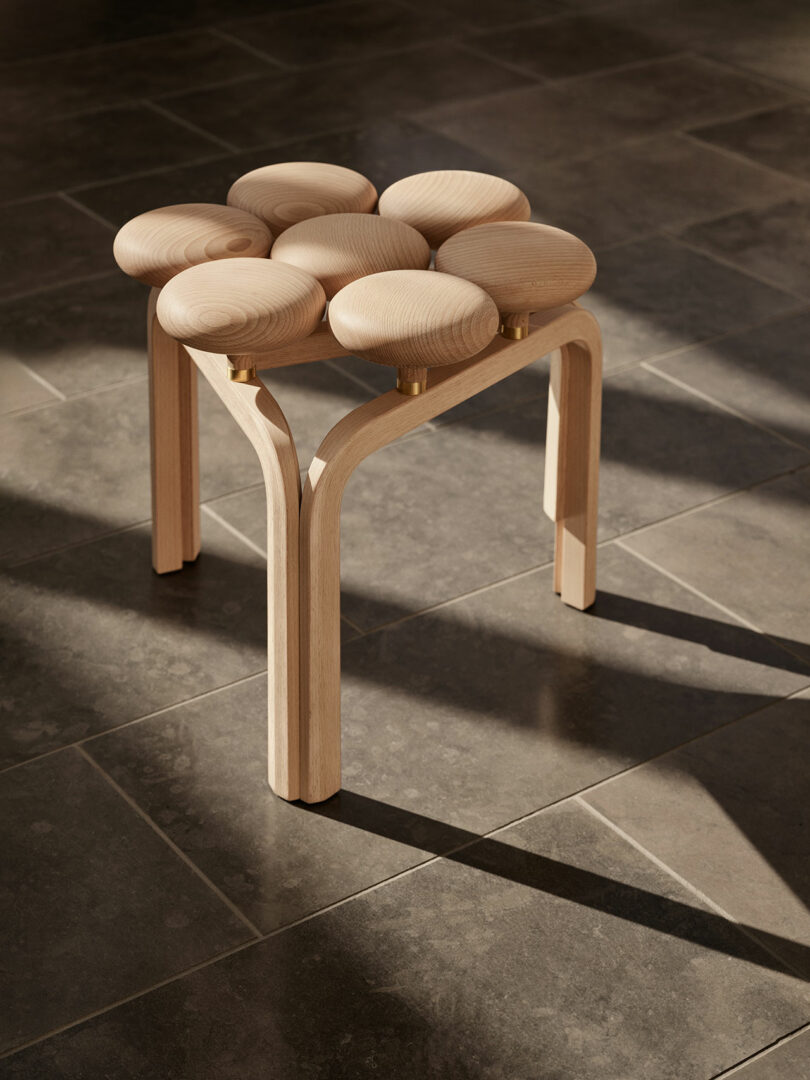
“In this stool you have all of Utzon’s fascination with organic shapes, his creativity and inspiration from nature. He had this very sculptural way of working and this is expressed as well,” says Marie-Louise Høstbo, Creative Design Director, Fritz Hansen. “The base is clearly inspired by how he perceived nature as the ultimate model, his sculptural approach, and the structural elements in his furniture.”
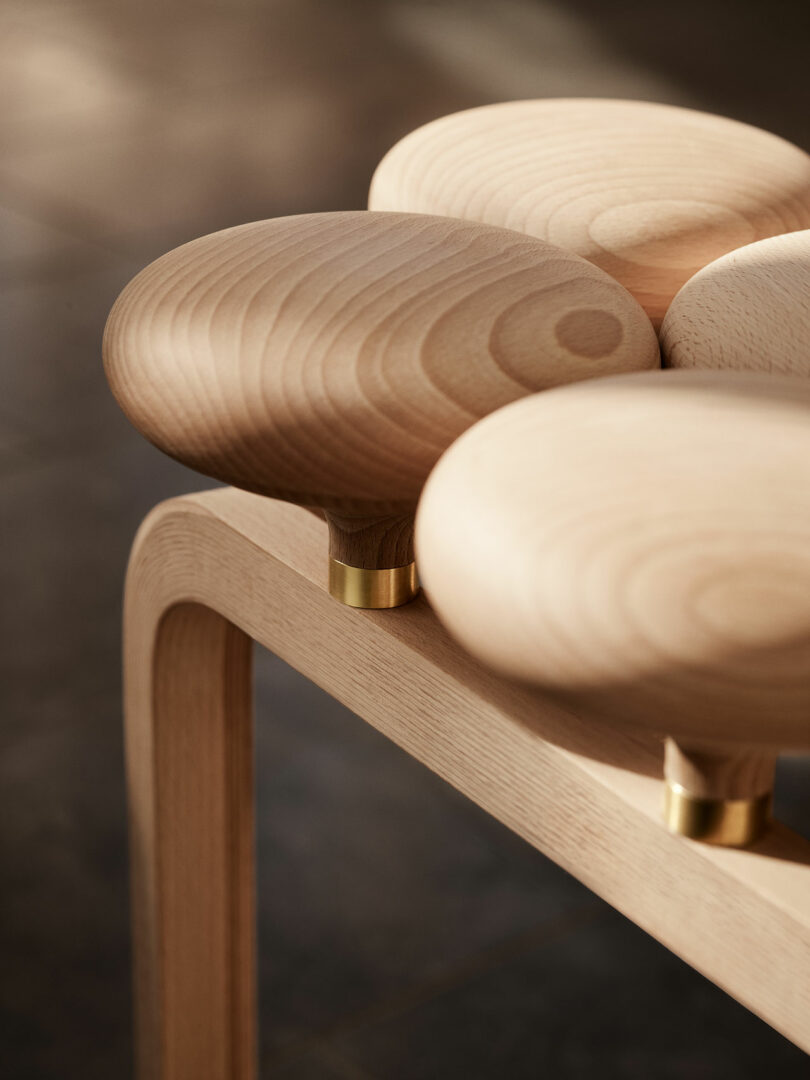
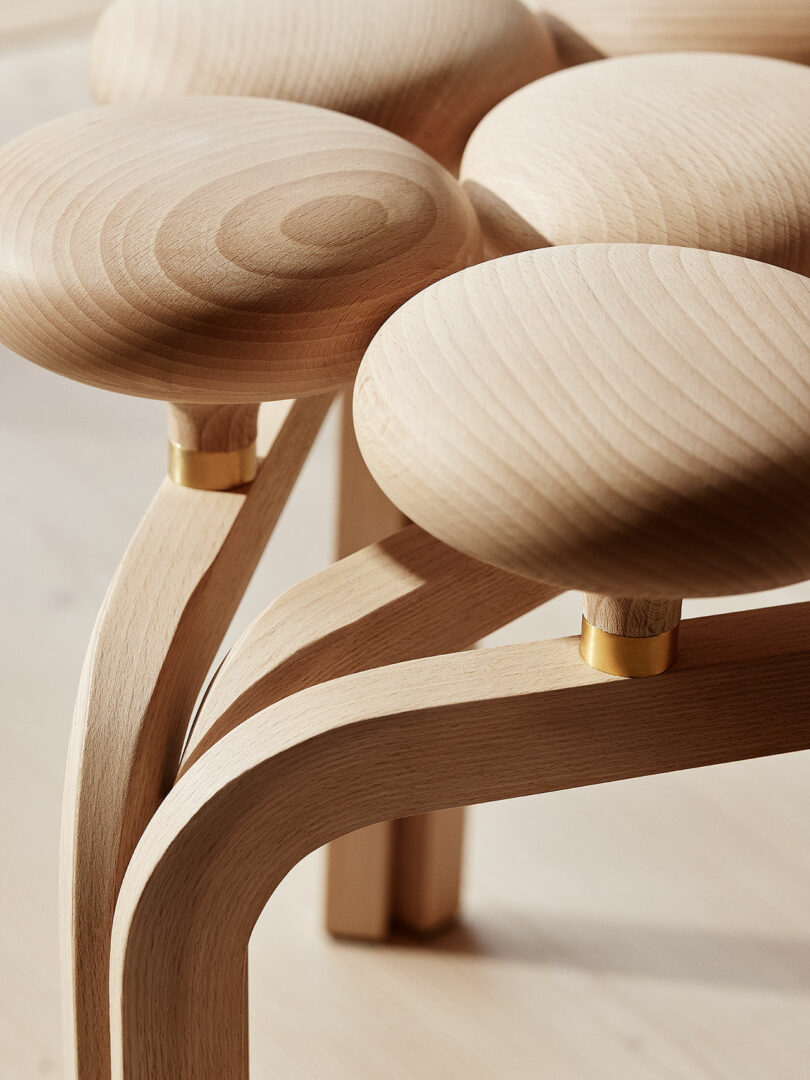


When he was 12, Utzon’s parents visited the 1930 Stockholm International Exhibition. Completely taken with the work of Gunnar Asplund, they immediately set to renovating the house. The heavy, impractical furniture gave way to space and lightness. Briefly working at Alvar Aalto’s studio surely helped hone Utzon’s incredible talent. Aalto was also heavily inspired by the modernist inclinations of Asplund. This swift notoriety earned Utzon a travel scholarship at the end of the 1940s, allowing him to study in North and South America. Here, he was deeply inspired by Aztec and Mayan architecture, and had the opportunity to meet great American architects such as Frank Lloyd Wright, Charles & Ray Eames, and Mies van der Rohe. He would also meet Eero Saarinen, who was incidentally one of the judges for the Sydney Opera House competition.

In 1954, fueled by rapid immigration from post-WWII Europe and rapid economic expansion, advocates began taking up the call for a place where anyone could enjoy the beauty of music regardless of background. A year later the competition would begin, finishing in December with 223 entries from 28 countries in total. Ultimately, the four judges (especially Saarinen, who is said to have been the key deciding factor) chose Utzon’s design. It was only his submission that drew upon the beautiful vantage points of Bennelong Point’s natural scenery outside the Sydney Opera House. Its expressionist form creates different views from every possible angle, contemporary even today.

This was right around the time of the design of the Utzon Stool, born of this same respect for the vantage point of streamlined design. We are forced to be influenced and evolve based on those around us. The wisest of us will learn from the elder designers that came before, to repeat the forms that work, and discard the rest.
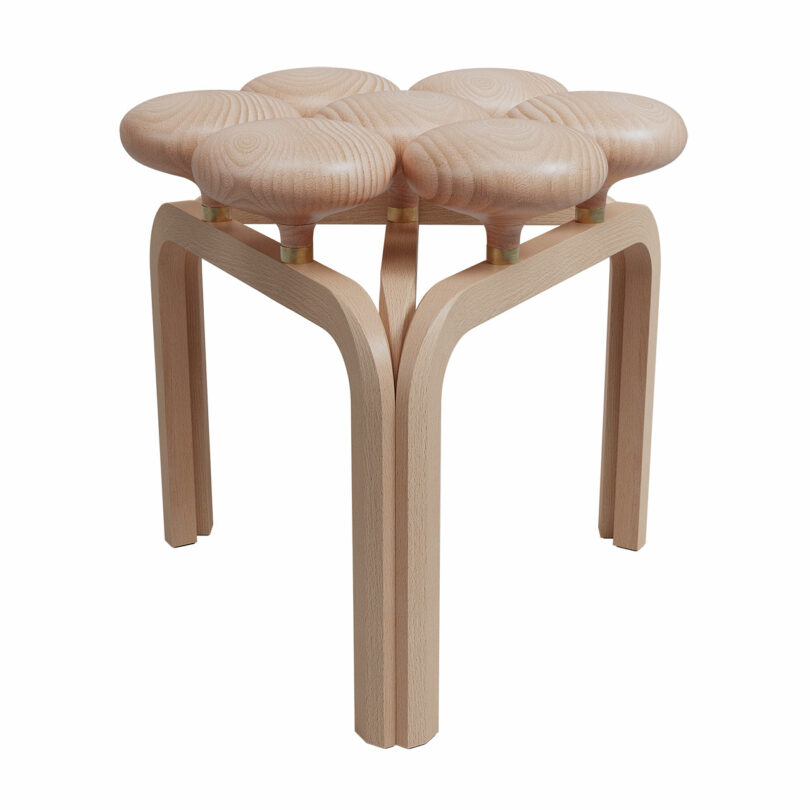
For more on Jørn Utzon, click here. More information on Fritz Hansen and the Utzon Stool lives here.

